Ship or pick up from our office.
Wireless safety sensor P51122H
(2 x AA Batteries are included)
*NO/NC
*AC/DC 12-24 V
*Receiving Range: 12 Meters
*IP 45
The P51122H is a
wireless safety sensor primarily used in
automatic gate and door systems, such as those for garages and industrial entrances.
It's part of a broader wireless system designed to enhance safety by detecting obstructions and preventing damage or injury. 🚧
Key Features & Functionality
The P51122H sensor operates on the
2.4 GHz spectrum, making it suitable for global use and allowing multiple installations to coexist without interference. Here are some of its key characteristics:
- Wireless Operation: It eliminates the need for wires running across the opening, simplifying installation.
- Safety Assurance: The sensor creates an invisible detection zone. If this zone is interrupted by an object or person while the gate/door is closing, the system will automatically stop or reverse its movement.
- Universal Compatibility: It's designed to work with most door and gate reversing systems.
- Easy Installation: Installation typically involves a simple pairing process with a wireless host module.
- Durable Design: The components are housed in a robust, industrial-grade casing, often with an IP65 rating for water and dust resistance, and a UL Type 4x Enclosure for environmental and physical protection.
- Battery Powered: It runs on AA batteries, with a low battery indicator and a long battery life (up to 10 years in some systems). The battery voltage is monitored, and if abnormal, motion can be denied for safety.
- Compliance: It's typically FCC and IC licensed and cUR recognized, meeting safety standards like UL325.
- Range: It generally has a line-of-sight range of about 150 feet.
Applications
The wireless safety sensor P51122H is commonly found in:
- Garage doors: Preventing the door from closing on vehicles, people, or pets.
- Automatic gates: Used for swing gates, sliding gates, and other automated entry systems to prevent collisions.
- Industrial doors and docks: Ensuring safe operation in commercial and industrial environments.
These sensors are crucial for modern automated access systems, providing a vital layer of protection against accidents and property damage.
Safety Instruction about the wireless safety sensor P51122H:
1. For security, please read the user manual carefully before initial operation;
2. This photocell is without any fuse, so Please make sure the power is off before installation;
3. Only used this system that do not cause any danger life or property during the running failure or its security eliminated;
4. Please guarantee the products used in effective working range.
Technical Specification:
1.Working voltage: Receiver: 12~24VAC/DC Emitter: 2*1.5V, LR6 AA battery
2.Working current: Receiver(24VDC): ≤40mA Emitter(2*1.5V, LR6 AA battery): ≤0.2mA
3.Photocell wavelength: 940nm
4.Angle of opposite emission: ≤±5º
5.Receiver range: ≥12m
6.Working temperature: -20º~+60ºC
7.Relay contact loading capacity: 1A/30VDC
8.Waterproof grade: IP54
9.Size: 128*50*28mm
10.Weight:245g

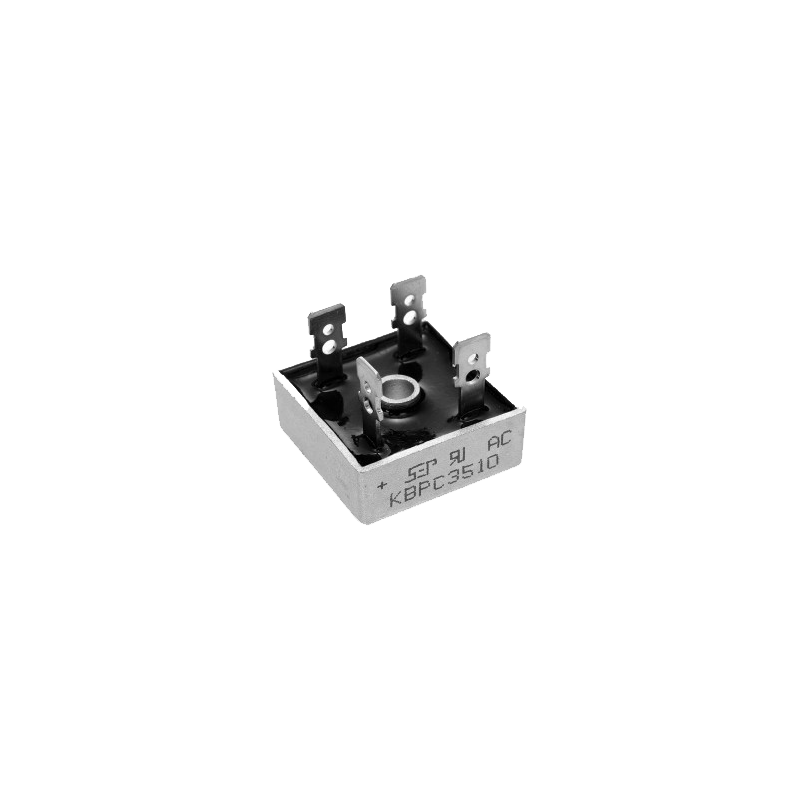
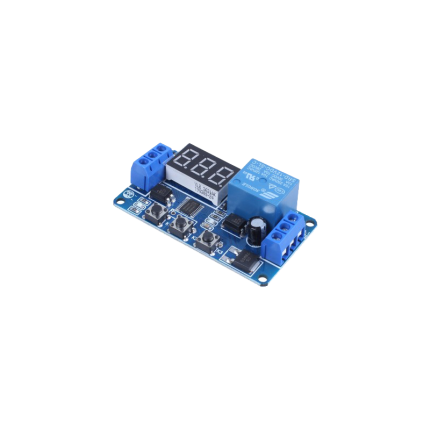


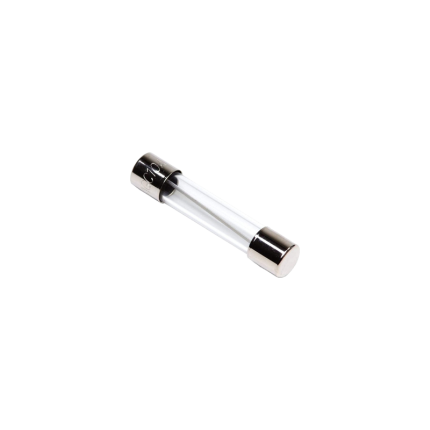
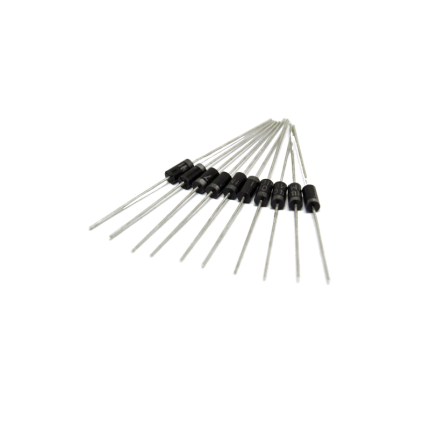
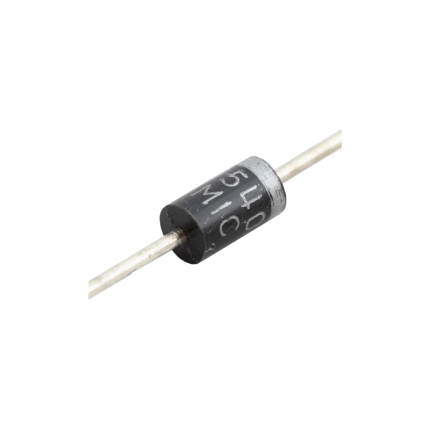

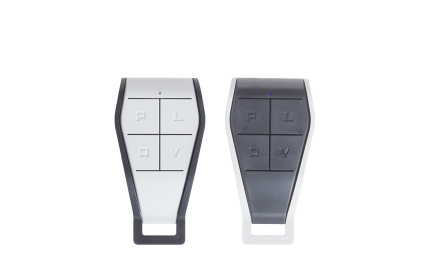
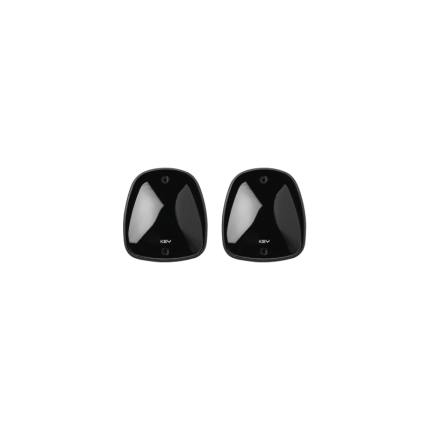
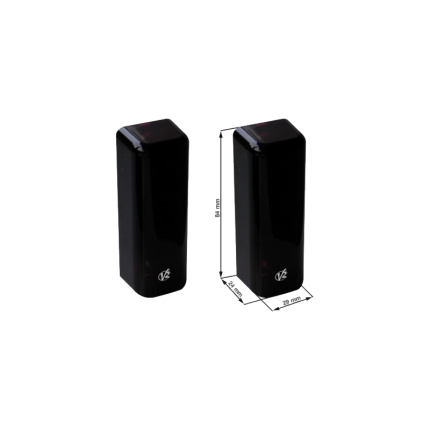

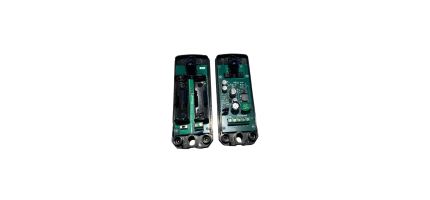
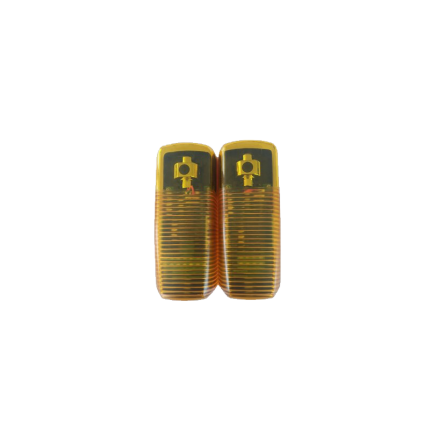
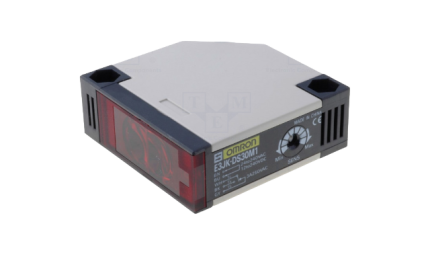
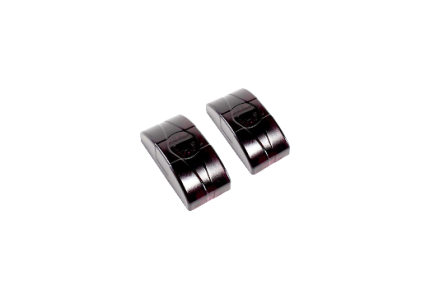

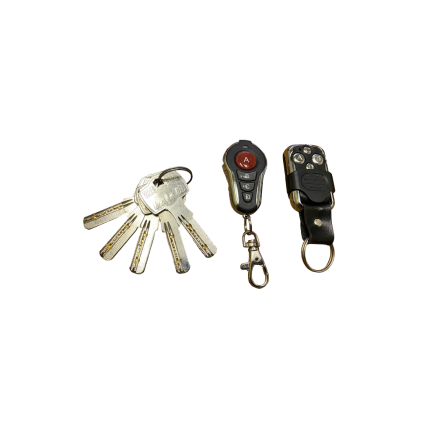









Reviews
There are no reviews yet.